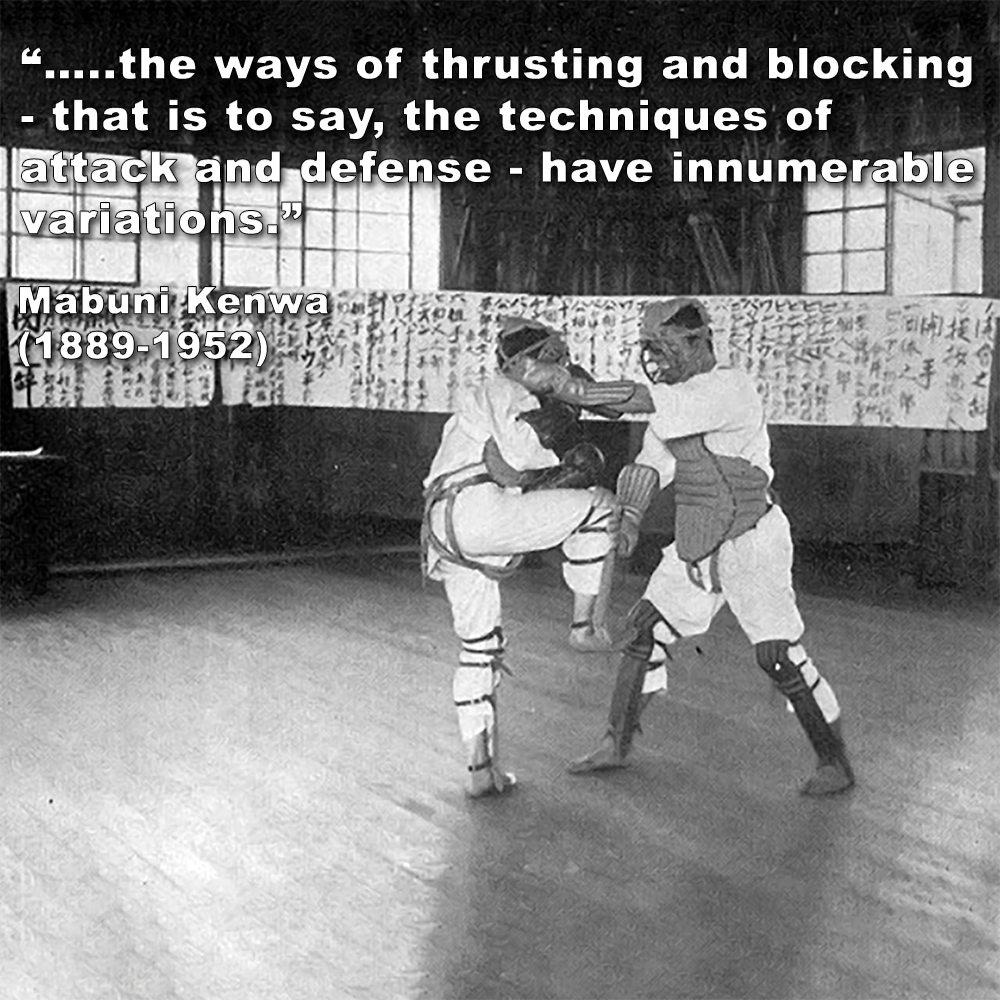
(Approx 2 minutes 10 second read)
One of the first things you learn as a beginner is a ‘block’.
.
Typically, it’s one of these: upper, middle inner, middle outer, or a down block.
.
You spend a significant amount of time practicing these blocks, focusing on the small details, making sure your pulling hand (hikite) is positioned perfectly, all performed with excellent focus (kime).
.
After practicing them solo, you then face a partner and attempt to block their punch with your best technique.
.
However, you soon realize that even when you anticipate it, blocking becomes challenging. Your instructor assures you that with practice, you’ll improve and become faster.
.
Yet, over time, you begin to realize that blocking an attack, only works when you know it’s coming.
.
But hold on. That’s not reality!
.
The way you’re initially taught to block is flawed. As an example, have you ever experienced blocking in the way you were originally taught, during sparring? Probably not.
.
By now, most practitioners have learned that ‘uke waza’ are ‘receiving techniques’, not blocking techniques.
.
What we call ‘blocks’ should not be considered pure stopping techniques. This is where blocking starts to fail.
.
Here’s one example; even if you can anticipate an attack, by stopping any force coming towards you dead in its tracks, even with powerful technique, you’ve effectively given the attacker another free chance to hit you again.
.
In any kind of attack, you should be trying to control the opponent’s body or limbs, rather than going force against force – you won’t always be the strongest – and to reiterate, you won’t know it’s coming.
.
When looking beyond any typical blocking application, you need to consider that a closed hand could be a grip; grabbing, pulling, holding, twisting, tearing – not necessarily blocking. Viewing movements solely as blocks could miss the interpretation entirely.
.
When you consider the whole movement from beginning to end it can often throw a new light on what the technique is actually doing – if you rethink your ‘blocking’ mindset.
.
While ‘uke waza’ may seem purely defensive, that view overlooks several key points.
.
Firstly, deflecting attacks is instinctive. The flinch response. With further training you can refine those reactions. Just watch someone in a real fight – they cover, parry, duck, ‘flinch’ – these are all natural movements.
.
Secondly, defense is important, but offense is crucial for disrupting an attack. Continuously blocking won’t stop a determined opponent.
.
Thirdly, those techniques can be used for strikes, throws, trapping, and joint manipulation – all valuable skills. This highlights the duality of ‘uke’ – it has offensive and defensive applications.
.
In real-world threats, when the attack is not pre-arranged, you’re going to get hit, and hit again, If you use the ‘blocking’ techniques in the way they are mostly taught today.
.
Would the pioneers, the masters who created our art, have given us something that would ultimately fail in a time of need?….. No. You need to rethink blocking, as modern karate may have strayed from this core principle.
.
“…..the ways of thrusting and blocking – that is to say, the techniques of attack and defense – have innumerable variations.” – Mabuni Kenwa (1889-1952)
